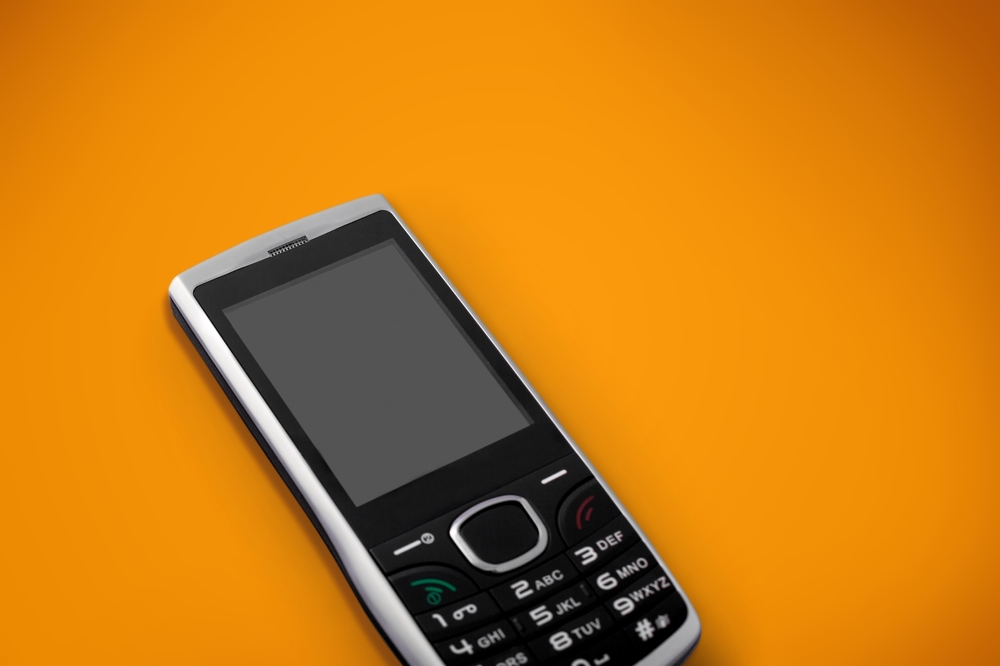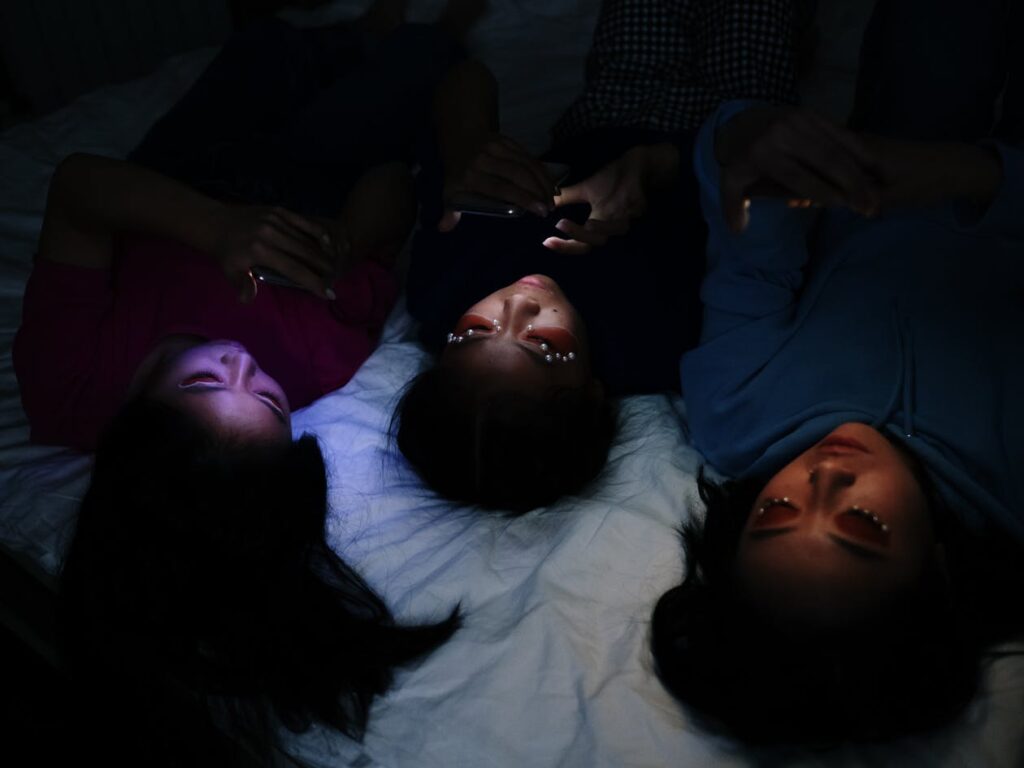Why Adults Are Buying ‘Dumbphones’ to Get Away From Social Media

Go ahead, check your phone’s screen time right now. I’ll wait. Found that uncomfortable number buried in your settings? You’re not alone. Millions of adults are experiencing a jarring wake-up call when they discover they’re spending four, five, even eight hours daily staring at a device that was supposed to make life easier, not consume it entirely.
Something fascinating is happening in response to this digital overwhelm. Adults across North America are making a radical choice that would have seemed impossible just a few years ago: they’re deliberately downgrading their phones. Not to newer models or different brands, but to devices so basic they’re being called “dumbphones.”
What drives successful professionals, concerned parents, and tech-savvy individuals to abandon the pocket computers that have become extensions of themselves? And why are stores specializing in these stripped-down devices reporting booming sales? Behind this quiet revolution lies a growing understanding of how our devices rewired our brains—and how some people are choosing to rewire them back.
Your Brain on Social Media: Why It Feels Like an Addiction
Harvard University researchers discovered something unsettling about our relationship with social media: using these platforms literally lights up the same brain regions triggered by addictive substances. Your phone isn’t just distracting you—it’s chemically hooking you using the same neural pathways as drugs.
Sixteen-year-old Luke Martin from Canada experienced this firsthand. “Social media is built around FOMO (fear of missing out), so I felt like I couldn’t get off it,” he explained to the BBC. “Instantly I got Instagram and it was a downward spiral.”
Luke’s experience reflects millions of users who find themselves trapped in endless scrolling cycles. App developers deliberately design features to maximize engagement time, employing techniques borrowed from casinos and behavioral psychology. Red notification badges, infinite scroll feeds, and variable reward schedules all work together to keep users constantly checking their devices.
Brain scans reveal that social media triggers dopamine releases similar to gambling or substance use. Each like, comment, or notification provides a small chemical reward, training your brain to crave more. Over time, normal activities feel less rewarding, while phone checking becomes compulsive rather than conscious.
When Parents Realize They’re Missing Their Kids’ Lives
Lizzy Broughton faced a moment many modern parents recognize: realizing her smartphone was stealing attention from her five-year-old son. Her solution surprised everyone, including herself—she bought an old-school Nokia flip phone.
“It helped me recalibrate my own habits, I have way more quality time with my son,” she explained after making the switch. Gone were the constant interruptions from notifications, the unconscious phone checking, and the divided attention that smartphones demand.
Broughton’s experience highlights how smartphone addiction affects entire families. Children learn that devices deserve more attention than they do when parents constantly respond to digital demands. Family dinners become interrupted by buzzing phones, bedtime stories get cut short for “important” messages, and playground visits turn into photo opportunities rather than present moments.
Parents report feeling torn between staying connected for work purposes and being present for their children. Many describe guilt about modeling unhealthy technology relationships while simultaneously feeling unable to break free from their devices’ pull.
Meet the “Dumbphone” Revolution: What Are These Devices?

Dumbphones represent intentional technology—devices designed to serve specific functions without endless distractions. Luke’s new phone includes only texts, calls, maps, and a few other limited tools. His daily usage dropped from four to five hours to just twenty minutes.
“My friends’ usage is like four to five hours I think, and that’s how much mine used to be before I got this,” he said. “Now mine’s like 20 minutes a day which is really good because I only use it for what I need it for.”
These devices vary from extremely basic models with tiny screens and physical keypads to more sophisticated versions that look like smartphones but function with severe limitations. Some include GPS navigation and basic cameras, while others strip functionality down to calls and texts only.
Modern dumbphones often feature longer battery life, improved durability, and surprisingly satisfying physical interfaces. Many users rediscover the pleasure of tactile feedback from physical buttons after years of touchscreen interaction.
Real People Making the Switch: Stories From the Front Lines

At Dumbwireless in Los Angeles, store owners Daisy Krigbaum and Will Stults witness daily transformations. Adults arrive desperate to escape their smartphone addictions, and children get their first phones without internet access.
“We have a lot of parents looking to get their kid that first phone, and they don’t want them drifting off on the internet,” Stults explained. Parents choose basic devices to maintain safety communication while avoiding social media exposure.
Customers report immediate benefits after switching. Sleep improves without blue light exposure and bedtime scrolling. Productivity increases without constant notification interruptions. Relationships deepen when conversations happen without device distractions.
Many describe feeling present in their own lives for the first time in years. Simple activities like walking, eating, or waiting become opportunities for reflection rather than automatic phone-checking triggers.
The Business Side: Companies Creating “Intentionally Boring” Phones
Chris Kaspar founded Techless specifically to develop devices that resist addiction. His “Wisephone II” looks sleek and modern while functioning with deliberate limitations.
“It has no icons, just words, two colours, and two fonts,” he describes. “Very peaceful, very tranquil.” The device includes essential functions like Uber but blocks social media entirely.
Kaspar designed the phone initially for his teenage foster daughters but discovered adult demand exceeded expectations. Twenty-five percent of sales go to children, yet the device targets adult consumers specifically.
Smart design choices address common concerns about appearing childish or outdated. The Wisephone resembles an iPhone aesthetically while functioning completely differently internally. Users maintain sophisticated appearances while using intentionally limited technology.
Practical Challenges: Why Going “Dumb” Isn’t Always Easy

Switching to basic phones creates unexpected complications in modern life. Some schools require specific apps for assignments or communication. Work demands might necessitate email access or particular software. Banking, transportation, and shopping increasingly assume smartphone capabilities.
Social pressure also creates barriers, especially for children. Broughton acknowledges the difficulty: “It’s going to require a community of parents to actually be like, can we do this differently?” Individual families struggle against broader cultural expectations about technology use.
Compromise solutions emerge for people unable to completely disconnect. Devices like “unpluq” allow parents to wirelessly block certain apps while maintaining necessary functions. Some users designate specific times or locations for smartphone use while choosing basic phones for daily carry.
Gradual transitions work better than sudden switches for many people. Starting with app deletions, notification adjustments, or designated phone-free hours helps build comfort with reduced connectivity before making hardware changes.
What About Kids? The Next Generation’s Relationship With Technology

Research reveals alarming trends about children’s technology exposure. In the UK, approximately one-quarter of children aged five to seven now own smartphones. Studies link social media usage to negative mental health effects, particularly in developing minds.
Parents face impossible choices about technology introduction. Complete avoidance seems unrealistic in digital-dependent societies, yet early exposure creates addiction risks. Many seek middle ground through carefully chosen devices and usage boundaries.
Broughton explains her philosophy: “It doesn’t feel like the best idea to just start with a smartphone. It’s like we’re handing over the world, like try to figure out how to navigate that.” Gradual technology introduction allows children to develop healthy relationships with devices.
Child psychologists recommend delaying smartphone introduction while providing age-appropriate communication tools. Basic phones satisfy safety concerns while avoiding social media exposure during vulnerable developmental periods.
Fighting Big Tech’s Billion-Dollar Motivation to Keep Us Hooked

App revenue and social media advertising generate billions annually, creating powerful incentives to maximize user engagement time. Companies employ teams of psychologists, neuroscientists, and behavioral experts to design increasingly addictive features.
Major technology corporations have minimal motivation to encourage healthier usage patterns when profits depend on constant engagement. Shareholders expect growth, measured partly through metrics like daily active users and time spent on platforms.
Individual choice becomes a David versus Goliath battle against sophisticated manipulation techniques. Users must actively resist designs created specifically to override conscious decision-making and create compulsive behaviors.
Some advocates push for regulation requiring companies to offer addiction-resistant design options or clearly label manipulative features. Others focus on education about how persuasive technology works to help users make informed choices.
Find Your Balance in a Hyperconnected World
Luke’s friends think his phone choice is weird, but he remains committed to his decision. “They think it’s pretty weird but at this point I’m like it doesn’t really matter because it’s helped me so much,” he said. “It’s definitely taken me into a better spot right now.”
The dumbphone movement represents something larger than individual consumer choices—it’s a conscious rebellion against technology designed to exploit human psychology for profit. People are reclaiming control over their attention, time, and mental space.
Your relationship with technology should serve your goals rather than corporate algorithms. Whether that means switching to a basic phone, deleting problematic apps, or simply being more intentional about usage, the choice belongs to you.
Maybe it’s time to check those screen time settings again—not to judge yourself, but to ask whether those hours align with your actual priorities. Sometimes the smartest choice is choosing something deliberately dumb. What would you discover about yourself if your phone couldn’t constantly interrupt your thoughts?
Loading...

